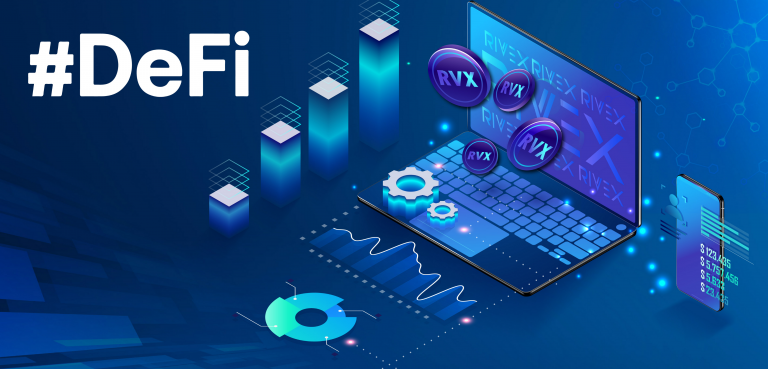
DeFi, or decentralized finance, is a term that encompasses a variety of applications and protocols that aim to provide financial services without intermediaries. DeFi has been growing rapidly in the past few years, attracting billions of dollars in value locked and millions of users.
However, DeFi is not without its challenges and limitations. One of the most pressing issues facing DeFi is the degree of decentralization that it can achieve.
Decentralization is a core principle of DeFi, as it promises to reduce the risks of censorship, fraud, corruption, and single points of failure. Decentralization also enables greater transparency, accountability, and innovation in the financial sector.
Register for Tekedia Mini-MBA edition 19 (Feb 9 – May 2, 2026): big discounts for early bird.
Tekedia AI in Business Masterclass opens registrations.
Join Tekedia Capital Syndicate and co-invest in great global startups.
Register for Tekedia AI Lab: From Technical Design to Deployment (next edition begins Jan 24 2026).
However, decentralization is not a binary concept, but rather a spectrum that varies across different dimensions. For example, some DeFi protocols may be more decentralized in terms of governance, while others may be more decentralized in terms of infrastructure or security.
One of the questions that arises from this discussion is how can we measure decentralization? How can we quantify and compare the degree of decentralization that different DeFi protocols have? This is not an easy task, as there is no universal or agreed-upon metric or framework for measuring decentralization.
Different approaches may focus on different aspects or criteria of decentralization, such as the number and distribution of nodes, the level of participation and influence of stakeholders, the degree of autonomy and coordination of agents, or the resilience and robustness of the system. Moreover, different metrics may have different assumptions, limitations, and trade-offs that affect their validity and reliability.
Therefore, measuring decentralization is a complex and multidimensional problem that requires a holistic and nuanced perspective. There is no one-size-fits-all solution or answer to this question. Rather, we need to use multiple methods and tools to assess and compare the level of decentralization that different DeFi protocols have across different dimensions and contexts.
We also need to acknowledge the limitations and uncertainties that come with any measurement approach and be transparent about the assumptions and trade-offs that we make. By doing so, we can gain a better understanding of the strengths and weaknesses of different DeFi protocols and how they can improve their level of decentralization.
The level of decentralization that a DeFi protocol can achieve depends on several factors, such as the design choices, the trade-offs, and the external constraints that it faces.
For instance, some DeFi protocols may rely on centralized oracles to provide external data, such as price feeds or real-world events. This introduces a potential source of manipulation or error that can compromise the integrity and functionality of the protocol.
Similarly, some DeFi protocols may use permissioned or semi-permissioned validators to process transactions and secure the network. This may improve scalability and efficiency, but at the cost of reducing the diversity and autonomy of the participants.
Therefore, DeFi needs more decentralization in order to fulfill its vision and potential. More decentralization can enhance the resilience, trustlessness, and permissionlessness of DeFi, as well as foster more innovation and competition in the space. However, more decentralization is not a simple or straightforward goal.
It requires careful analysis and evaluation of the trade-offs and challenges involved in each case. It also requires constant experimentation and improvement to find the optimal balance between decentralization and other desirable properties, such as usability, performance, and security.
DeFi is a revolutionary movement that aims to democratize and disrupt the traditional financial system. However, DeFi is still in its early stages and faces many obstacles and limitations. One of the most important issues that DeFi needs to address is how to achieve more decentralization across its various aspects and dimensions.
More decentralization can bring more benefits and opportunities to DeFi users and developers, but it also entails more complexity and responsibility. Therefore, DeFi needs more decentralization, but not at any cost.



